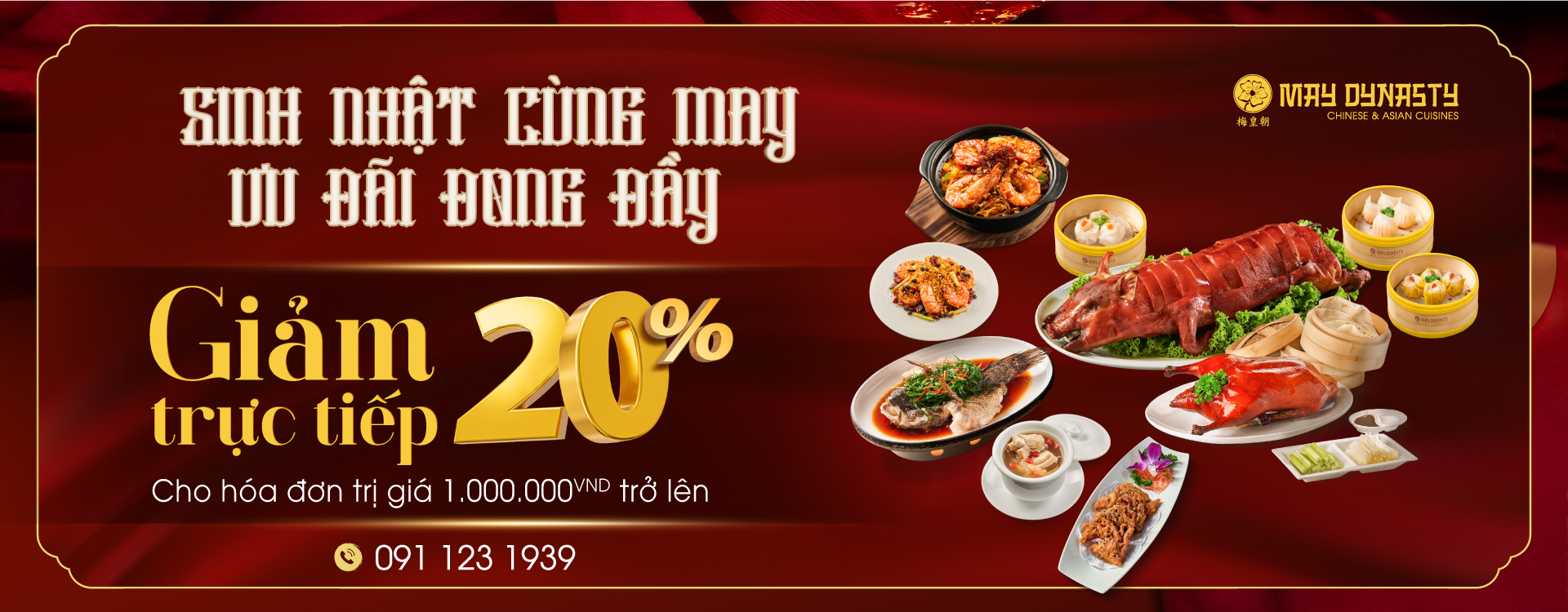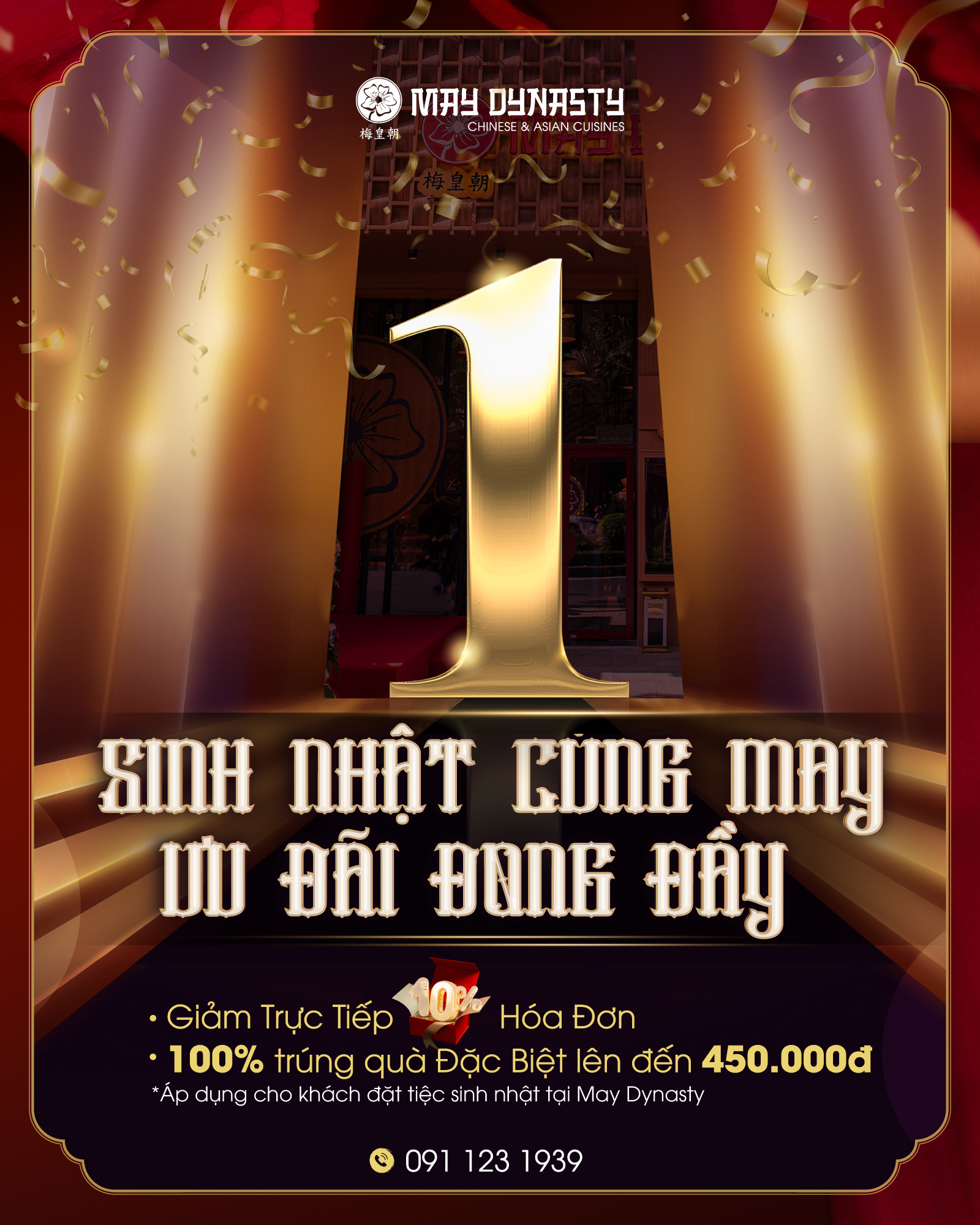Dimsum is a traditional Chinese snack with a thin outer layer made from dough, and a variety of fillings inside, such as shrimp, meat, barbecue pork, vegetables, etc. Dimsum can be prepared using methods like steaming, frying, stir-frying, and boiling, and it comes in various visually appealing shapes thanks to the skillful hands of the chefs. Until today, dimsum has become an integral part of the culinary culture in the “land of a billion people.”
In Vietnam, dimsum is available at most Chinese restaurants and is a delightful dish that has won the hearts of countless diners.
Dimsum – Rooted in Chinese Culture for Thousands of Years
Thanks to advancements in transportation, production, and the cross-cultural exchange, dimsum has become popular in many places and easily accessible to diners. However, few people know that there is a rich history behind this small but delectable dish.
The Origin of the Name “Dimsum”
According to some sources, this dish dates back to the Eastern Jin Dynasty (317 – 420) with the original name “点点 心意” (diǎn diǎn xīnyì), which translates to “a little token of heart.” Over time, it was shortened to “点心” (diǎn xīn), also known as “dímsām” in Cantonese, and came to mean “a light snack.”
Dimsum – A Culinary Masterpiece
Many people mistakenly believe that dimsum is a simple dish, but in reality, it has intriguing and intricate characteristics that require exploration.
Ingredients
Dimsum is made from ingredients closely associated with the rice culture, with the outer dough made from wheat or rice flour. The traditional fillings are harmoniously composed of key ingredients and carefully selected seasonings, often including pork, fresh shrimp, barbecue pork, and various vegetables.
Today, due to the fusion of modern culinary culture and the integration of Western influences, ingredients such as salmon, fish roe, shrimp roe, or cheese have also been flexibly incorporated to bring innovation and diversity to this dish.
Shape
Dimsum comes in various exquisite shapes, thanks to the creativity of the chefs. In general, there are three main categories of shapes:
- Geometric shapes: These basic shapes imitate various geometric forms in everyday life, such as rectangular-shaped baked barbecue pork buns or cylindrical stir-fried turnip cakes.
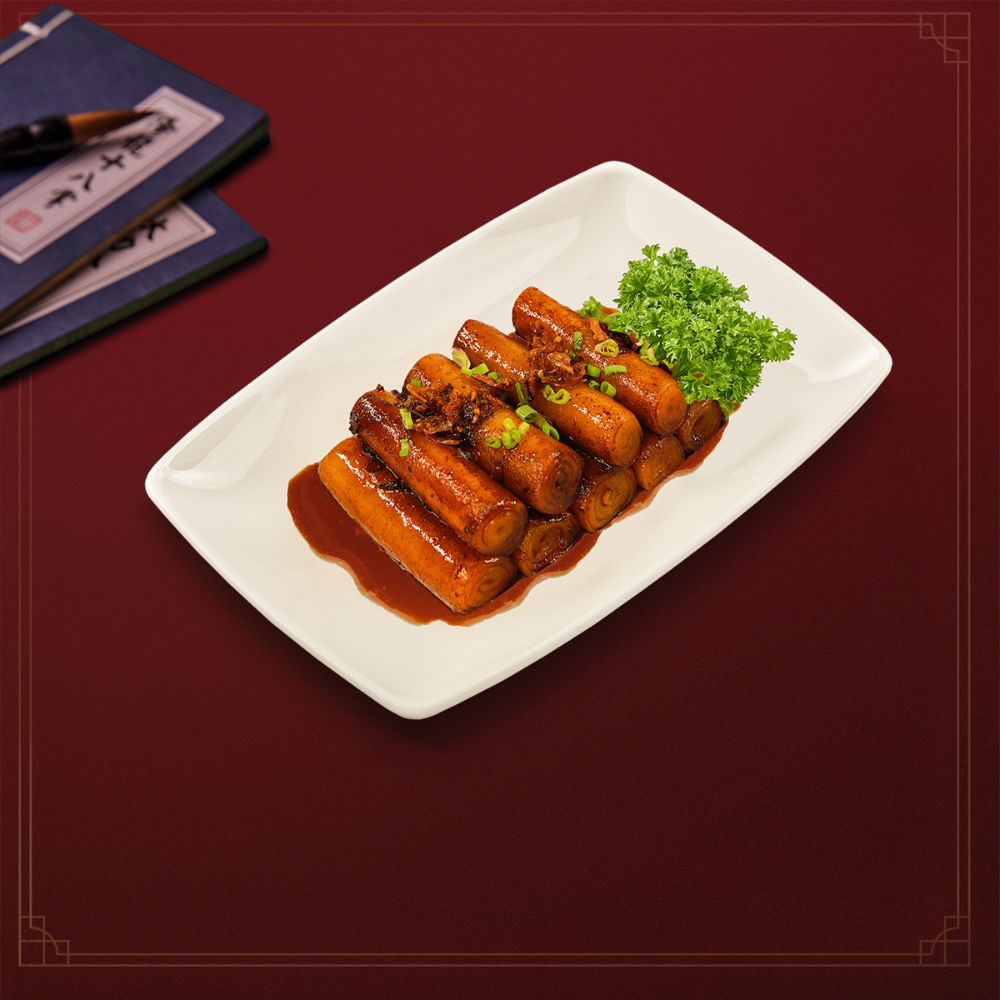 Figurative shapes: These shapes are further divided into mimicking plants and animals from nature. Examples include rose-shaped dumplings, leaf-shaped dumplings, crab-shaped dumplings, and bear-shaped dumplings.
Figurative shapes: These shapes are further divided into mimicking plants and animals from nature. Examples include rose-shaped dumplings, leaf-shaped dumplings, crab-shaped dumplings, and bear-shaped dumplings.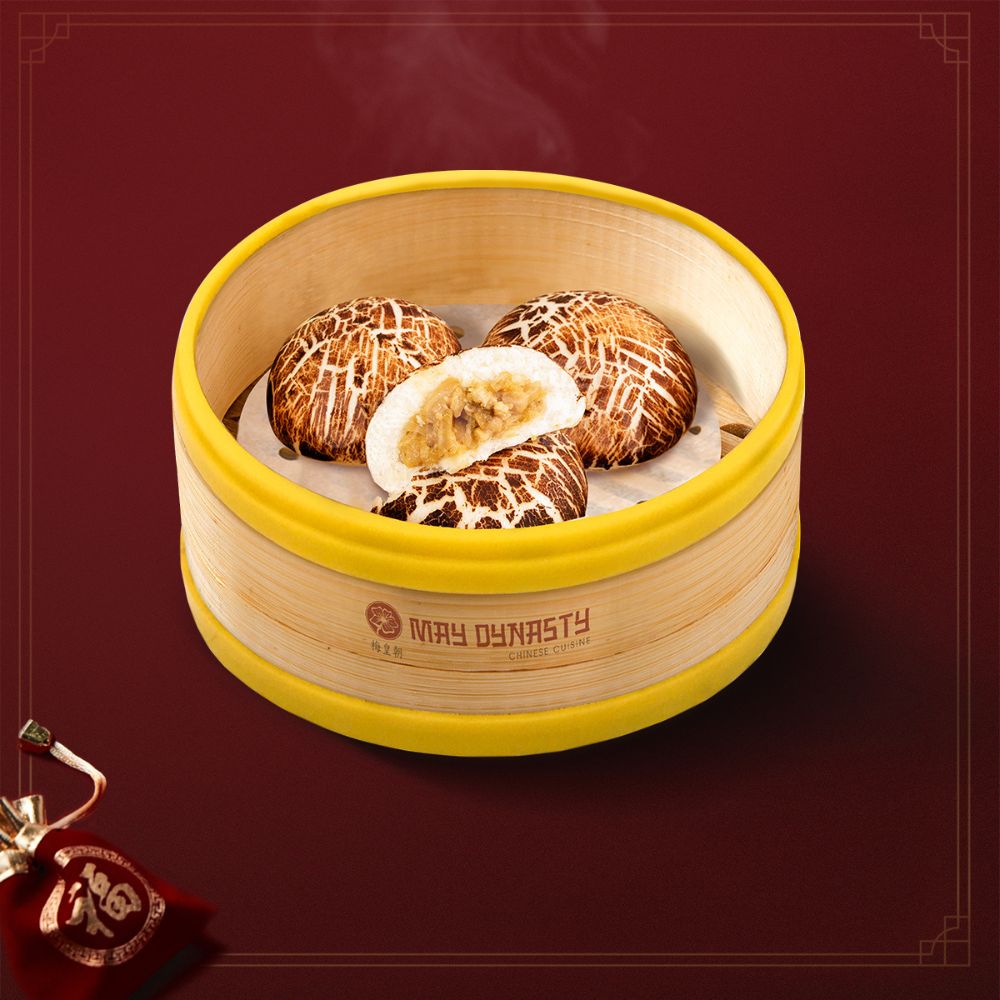 Natural shapes: This category applies relatively simple shaping techniques, allowing the shape of the dimsum to naturally form during the cooking process, as seen in bao buns.
Natural shapes: This category applies relatively simple shaping techniques, allowing the shape of the dimsum to naturally form during the cooking process, as seen in bao buns.
Today, Chinese restaurants in Vietnam serve a wide range of dimsum with diverse colors and visually striking shapes. This is one of the impressive features that attract a diverse range of diners to this renowned cuisine.
Considerations in Dimsum Preparation
When making the dough, it is essential to ensure accuracy in the weight of the dough components, the water temperature when kneading the dough, and even kneading. The dough should be evenly divided to ensure consistent dimsum sizes upon completion. When rolling out the dough, it’s important to control the pressure to achieve thin edges, even dough distribution, and prevent tearing.
The filling of dimsum is the heart of the dish. The filling process should ensure high-quality fresh ingredients and well-balanced seasoning, typically made from pork, fresh shrimp, barbecue pork, and a variety of vegetables. The ratio of filling to dough should be appropriate, not too much or too little. Excessive filling can make the dish overwhelming, while too little filling won’t bring out the distinctive flavors of the dish.
The art of shaping dimsum can be achieved through three basic methods: manual shaping, shaping with molds, and using machines. However, manual shaping is still preferred for its artistic creativity, attention to detail, and popularity.
History of Dimsum
The exact origins of dimsum are unclear, with some sources suggesting it dates back to the Eastern Jin Dynasty (317 – 420), while others propose the Southern Song Dynasty (960 – 1279). Modern dimsum as we know it today took shape in the southern region of Guangdong, China. This culinary tradition is closely tied to the “yum cha” culture, a social custom during that period. Along the ancient Silk Road, many tea houses were established to serve nobles, travelers, and traders, and dimsum was served as a light snack alongside tea.
In Vietnam, dimsum made its way into the country through Chinese immigrants. Thanks to cultural exchange and fusion, it gained popularity and further development. Initially, traditional dimsum items like ha gow, siu mai, wontons, and bao buns were prepared for family meals among Chinese immigrants and later became popular in concentrated Chinese communities in places like Cholon, Phung Hung Market (District 5), and Xom Dat area (District 11).
Today, to meet the needs of diners, dimsum is available throughout the day at Chinese restaurants in Vietnam. These establishments offer an extensive menu of dimsum dishes, including classics like ha gow, siu mai, xiu mai, and bao buns, along with modern and innovative creations to cater to diverse tastes.
Dimsum Etiquette
When eating dimsum, it’s common to take small bites rather than consuming an entire piece in one go. This allows diners to fully appreciate the flavors and textures of the dish.
Chinese dining etiquette encourages the use of communal chopsticks when serving others, rather than using one’s own pair. It is also considered unlucky to stick chopsticks vertically into a bowl of rice. When not using chopsticks, they should be placed neatly on a chopstick rest or aligned alongside one’s bowl or plate.
Dimsum reflects the depth of East Asian cultural traditions, emphasizing balance in both flavors and presentation. Each bite of dimsum encapsulates a millennia-old culinary tradition of China.
Some special points related to Dimsum
Eating in small bites
According to the advice of some experienced dimsum makers, diners should consume dimsum in small bites rather than eating a whole piece at once. Doing so allows you to fully appreciate the flavor and texture of the dish.
Using chopsticks and a spoon when eating Dimsum
In Eastern culture, when picking up food for others, it is customary to use a shared pair of chopsticks rather than your own. Avoid sticking chopsticks into the center of a rice bowl, as this is considered inauspicious. When eating dimsum, you can use a spoon to scoop dipping sauces, and when you’re not using your chopsticks, it’s best to place them neatly on a chopstick rest or along the edge of your plate or bowl.
Embedded with East Asian cultural features
When enjoying dimsum, it’s not just about the food itself; it also reflects the depth and consistency of East Asian culture in daily life. This includes a sense of measure and an emphasis on etiquette in dining, meticulous research into nutrition and health, as well as creativity and the fusion of culinary cultures. A seemingly simple piece of dimsum encapsulates the rich culinary culture of China.
Top Dimsum Dishes
Steamed chicken feet with black bean sauce
Steamed chicken feet with black bean sauce is a dish that is quite familiar and popular in most Chinese restaurants. It features a rich sauce, the tender texture of chicken skin and cartilage, which has been simmered for hours. The delicious flavor of this dish is created through meticulous and skillful cooking processes. It is a dish that leaves a lasting impression on many diners who have fallen in love with Chinese cuisine.

Fresh shrimp dumplings
Fresh shrimp dumplings are a signature dish in Chinese cuisine. With a variety of colors, shapes, and ingredients, shrimp dumplings cater to different preferences of diners. Among them, fresh shrimp dumplings leave a remarkable impression from the very first bite. The sweet and firm texture of fresh shrimp combined with the thin, slightly chewy dumpling skin creates a unique and delightful flavor for this dish.
Fresh shrimp and scallop dumplings
Fresh shrimp and scallop dumplings similar to fresh shrimp dumplings, offer an additional ingredient, scallops, enriching the choices for diners. Besides the delightful taste of fresh shrimp, the sweet and tender flavor of scallops adds nutritional value to these dumplings.
Shumai
Made from finely minced pork mixed with various vegetables and mushrooms, siu mai has a distinctive yellow appearance and is an essential dish when enjoying Chinese cuisine at restaurants.
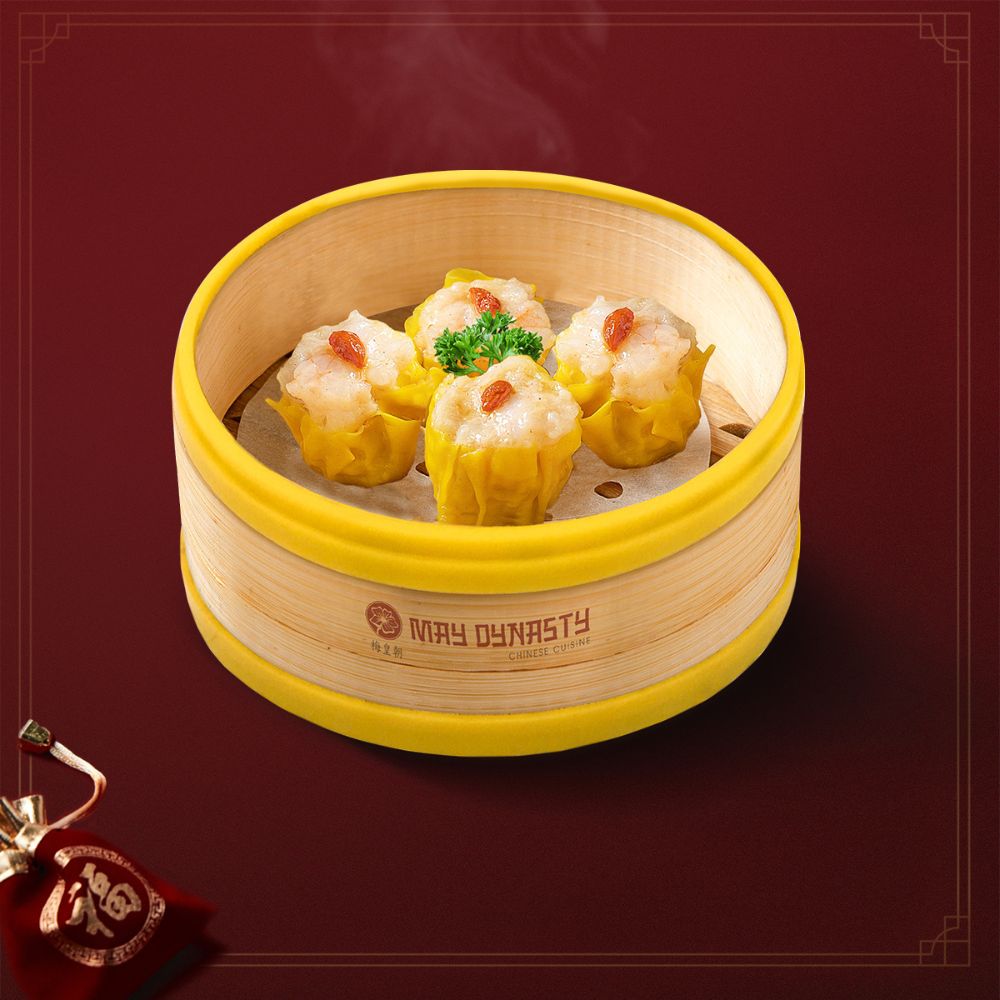
Fresh shrimp rice rolls
Crisp, sweet fresh shrimp and soft, thin rice roll wrappers are expertly rolled to encase the shrimp filling without tearing, explaining in part the enthusiasm of diners from all corners of the world for this dish.
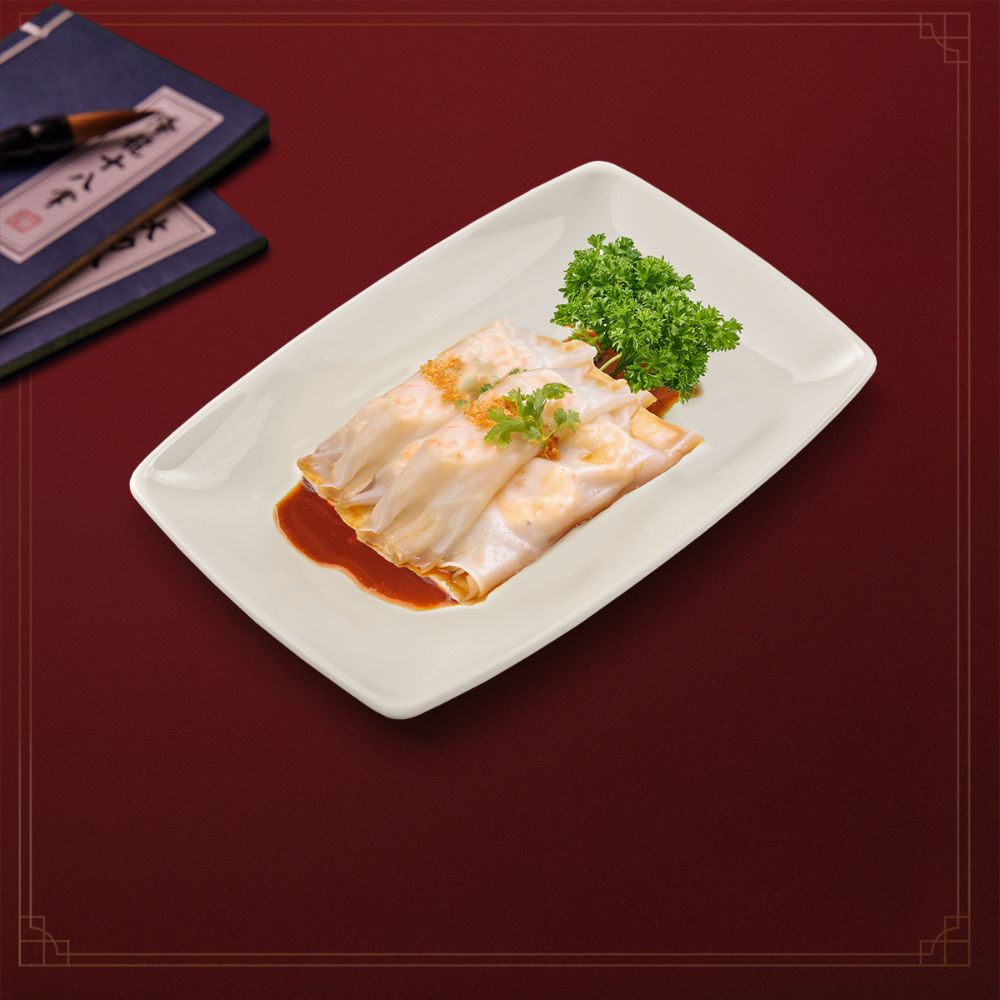
Dim Sum Dipping Sauce
Traditional Dipping Sauce
Dim sum is typically seasoned to be eaten as is, so traditional dim sum doesn’t require a dipping sauce. However, to cater to those who enjoy richer flavors, chefs have created special dipping sauces using ingredients such as soy sauce, black vinegar, chili sauce, sugar, and various spices.
Other Popular Dipping Sauces
In addition to the traditional dipping sauce, various dining establishments offer different types of dipping sauces to cater to local preferences, habits, and tastes. Some typical examples include sweet and sour sauce, black bean sauce, chili sauce, and mayonnaise-based sauces.
Zen Chinese Restaurant – A Chinese Restaurant in Phu Nhuan District, Ho Chi Minh City
While dim sum originated as a breakfast food in China, in Vietnamese Chinese restaurants, dim sum is typically served all day to accommodate diners looking to experience the culinary delights of this renowned culture. Zen Chinese Restaurant is no exception, with its kitchen tirelessly preparing fresh, steaming dim sum to serve customers.
While dim sum originated as a breakfast food in China, in Vietnamese Chinese restaurants, dim sum is typically served all day to accommodate diners looking to experience the culinary delights of this renowned culture. Zen Chinese Restaurant is no exception, with its kitchen tirelessly preparing fresh, steaming dim sum to serve customers.

Located on the bustling culinary street of Phan Xich Long, Zen Chinese Restaurant is confident that it won’t disappoint its valued diners with its diverse menu, professional service, and elegant setting. Currently, the restaurant offers numerous discount programs and promotions for customers when making reservations and dining at the restaurant. Contact us now through our Hotline, Website, or Fanpage to stay updated on the latest information.


